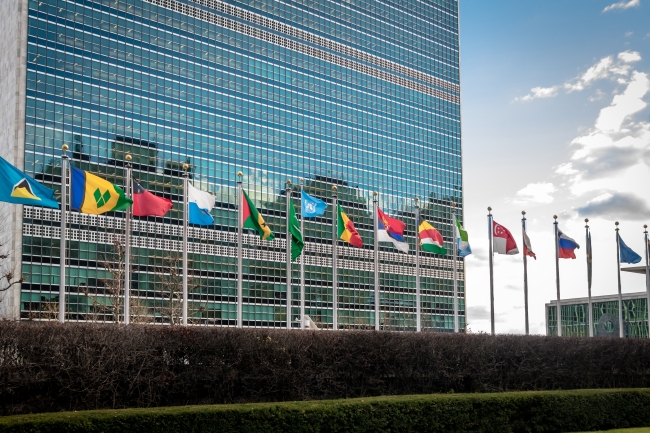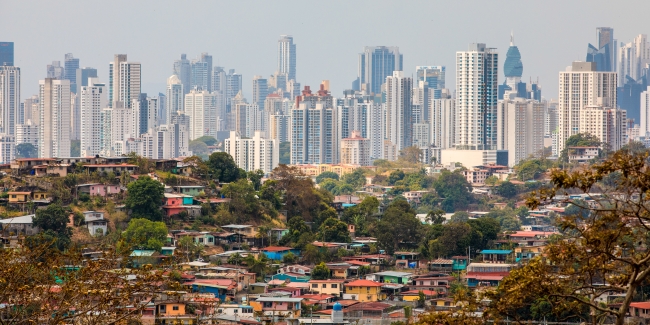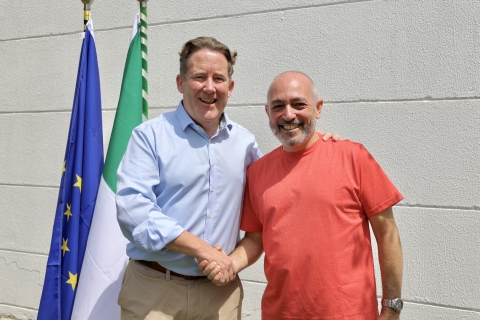Nature at Risk: The Role of Insurance in Biodiversity Protection
23 JUNE, 2025

Nature underpins every aspect of our well-being, from the food we eat to the air we breathe, yet its protection is often missing from financial and development decision-making. As we mark the International Day for Biodiversity, it is timely to reflect on the growing efforts to integrate insurance, risk management and conservation in ways that can protect both ecosystems and communities.
UNDP’s Role in Building Resilient Development
United Nations Development Programme (UNDP) supports long-term development that is both viable and resilient. To achieve this, we work across sectors and countries to help de-risk investments in sustainability, particularly in emerging economies. Within this broader mission, the Insurance and Risk Finance Facility (IRFF) plays a focused role by partnering with the insurance industry and other stakeholders to develop innovative risk management solutions for resilient countries, communities, businesses, food systems, households, and increasingly, nature. These include insurance products for governments and inclusive microinsurance products designed to protect these systems against shocks and build long-term resilience.
Why Biodiversity Needs Insurance
The answer lies in the scale of the crisis. According to the Intergovernmental Science-Policy Platform on Biodiversity and Ecosystem Services (IPBES), one million species are threatened with extinction. Live coral cover has declined by nearly half over the past 150 years, while wetlands, mangroves, and forests are also disappearing at alarming rates.This loss is undermining the natural systems that support food security, climate stability, and economic development. It has been estimated that 50% of the global economy is under threat due to biodiversity loss. As the exposure to nature-related risks becomes more evident, countries are turning to innovative insurance solutions to help manage these risks and reduce financial impacts. The following examples show how these are being applied on the ground.
Insurance in Action: Country Examples
In Argentina, UNDP is working with the Government of the Province of Misiones, insurer Río Uruguay Seguros, and local conservation groups including Aves Argentinas to protect the country’s remaining jaguar population. With fewer than 250 jaguars left, retaliatory killings by cattle ranchers are a significant threat. Jaguar protection insurance compensates farmers for livestock losses caused by jaguars. By reducing economic losses, the insurance scheme helps promote coexistence and protect a keystone species critical to forest health.
In Indonesia, UNDP is working with the Ministry of Marine Affairs and Fisheries, Swiss Re, and the Ocean Risk and Resilience Action Alliance (ORRAA) to develop a coral reef insurance product. The parametric insurance model releases funds after a storm of specific intensity, enabling swift action for reef restoration and coastal community support.
In Colombia, UNDP, World Wildlife Fund, and Seguros Sura, a local insurer, have partnered to protect the fragile Páramos ecosystem. These high-altitude wetlands provide water to millions but are increasingly threatened by wildfires. The insurance product uses a parametric trigger based on fire risk and provides funds for rapid restoration efforts. The project is unique in that it uses private sector funding to finance insurance premiums for protecting a natural asset, demonstrating a viable business case for investing in nature conservation.
These examples show how insurance can can help to manage risks in advance, create financial incentives for conservation, and unlock capital for long-term resilience.
Aligning with the Financing for Development (FfD) Agenda
A core challenge in financing the United Nations Sustainable Development Goals (SDGs) is mobilizing private investment for public goods like biodiversity. Insurance mechanisms can help overcome this by reducing risk and creating the confidence needed to attract capital, making them a valuable tool within the Financing for Development (FfD) agenda. Still, challenges remain. Very few insurance regulators globally have issued guidance on nature-related risks. Ecosystem data and pricing models are limited. To fully harness insurance for biodiversity, we must improve regulation, close technical gaps, and enhance access to ecosystem risk information.
Insurance can play a catalytic role in unlocking finance for development and channeling investment toward the protection and restoration of nature. As we celebrate biodiversity this May 22, let us commit to building financial systems that value and protect nature. Moving forward, stronger partnerships between governments, insurers, and communities will be essential to scale these solutions and ensure a more secure and nature-positive future for all.











